MAGIC Trade Show Returns to New York
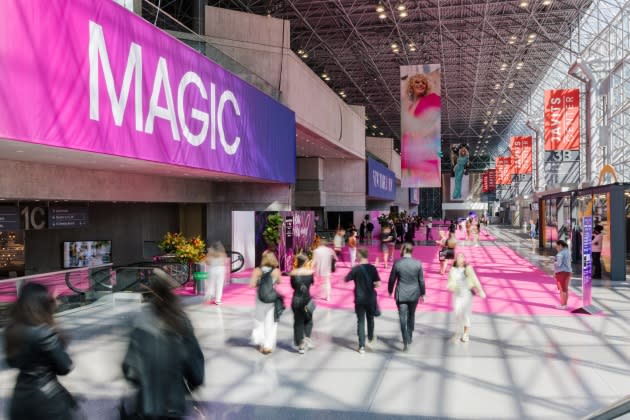
New York City got a little touch of MAGIC this week.
The trade show circuit — which includes both the MAGIC and Coterie shows — returned to the Jacob K. Javits Convention Center in Manhattan this past Sunday through Tuesday, providing a space for brands and buyers alike to scope out the latest trends.
More from WWD
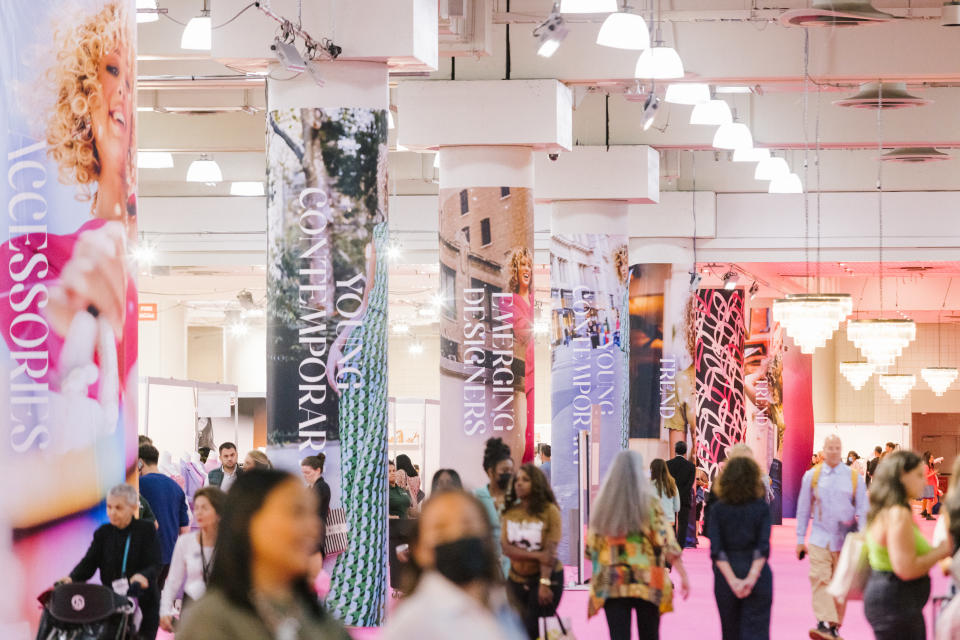
“On Sunday, by noon, the buzz on the floor felt like pre-pandemic days,” Kelly Helfman, president of parent company Informa Markets Fashion, told WWD. “And I think that goes with what happened [last week] in New York Fashion Week. It feels like a resurgence.”
In fact, the company said attendance to both shows increased 23 percent, compared with the February shows, or 38 percent, compared with the September 2021 trade shows in New York.
“And all the majors are here,” Helfman said. That includes retailers such as Bloomingdale’s, Lulus and Urban Outfitters Inc., in addition to a number of specialty boutiques, all of which walked the convention center floors in search of the latest trends.
“Now, all of the [COVID-19] travel restrictions have been lifted. During the last show a lot of [the retailers] weren’t able to come,” Helfman said, partially explaining why attendance continues to rise at each show. “This is a true reflection of how live events are back and key to our industry’s success.”
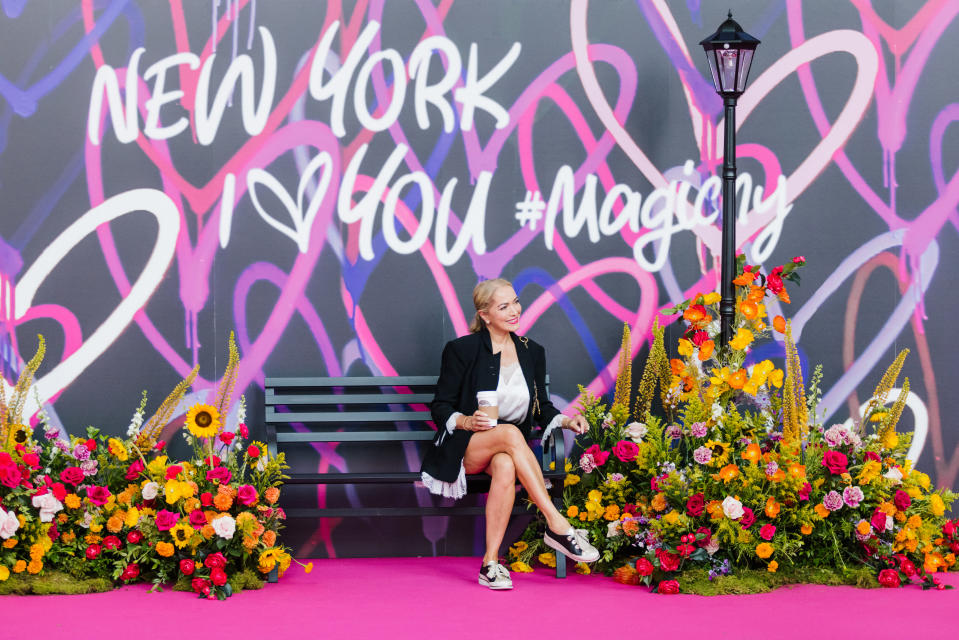
On the showroom floor, however, brands’ reaction to the crowd was mixed. Some said it was business as usual, while others pointed out that there were noticeably fewer buyers, compared with previous trade shows, including those in other cities. Brands pointed out that the culprit for the latter was likely inflation.
“A lot of our return wholesale [customers] are primarily using online marketplaces,” said Anna Butler, wholesale and account manager at Stivali New York, a footwear brand based in Brooklyn, New York. “People who are just contacting us in our Williamsburg [headquarters], instead of coming to the shows. I think because of COVID[-19] [and] travel prices and airfare prices are really high this year. That’s some of the feedback I’ve gotten from buyers.”
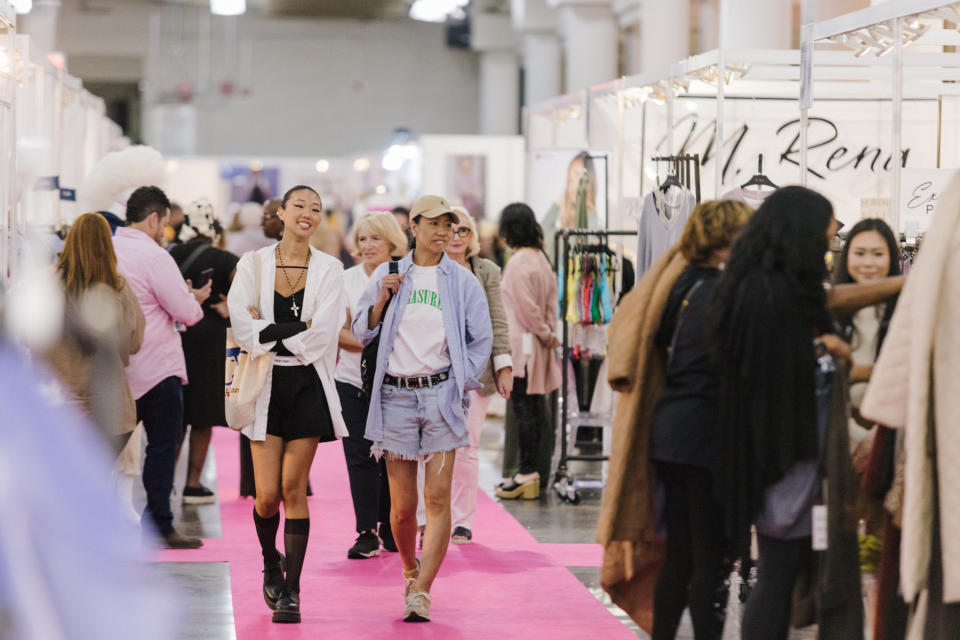
Jasleen Vital, a sales rep and show coordinator at Los Angeles-based women’s ready-to-wear brand Gilli, said while New York City continues to show signs of life (with increasingly crowded subways and restaurants), traffic at MAGIC seemed slower than that of previous shows, with some retailers pulling back on their buys.
“People are a little bit more hesitant and aware of the way they spend their money,” Vital said. “People prefer buying experiences rather than just spending on clothes.”
Meanwhile, other brands, such as denim company Hidden Jeans, said inflation hasn’t impacted its business at all.
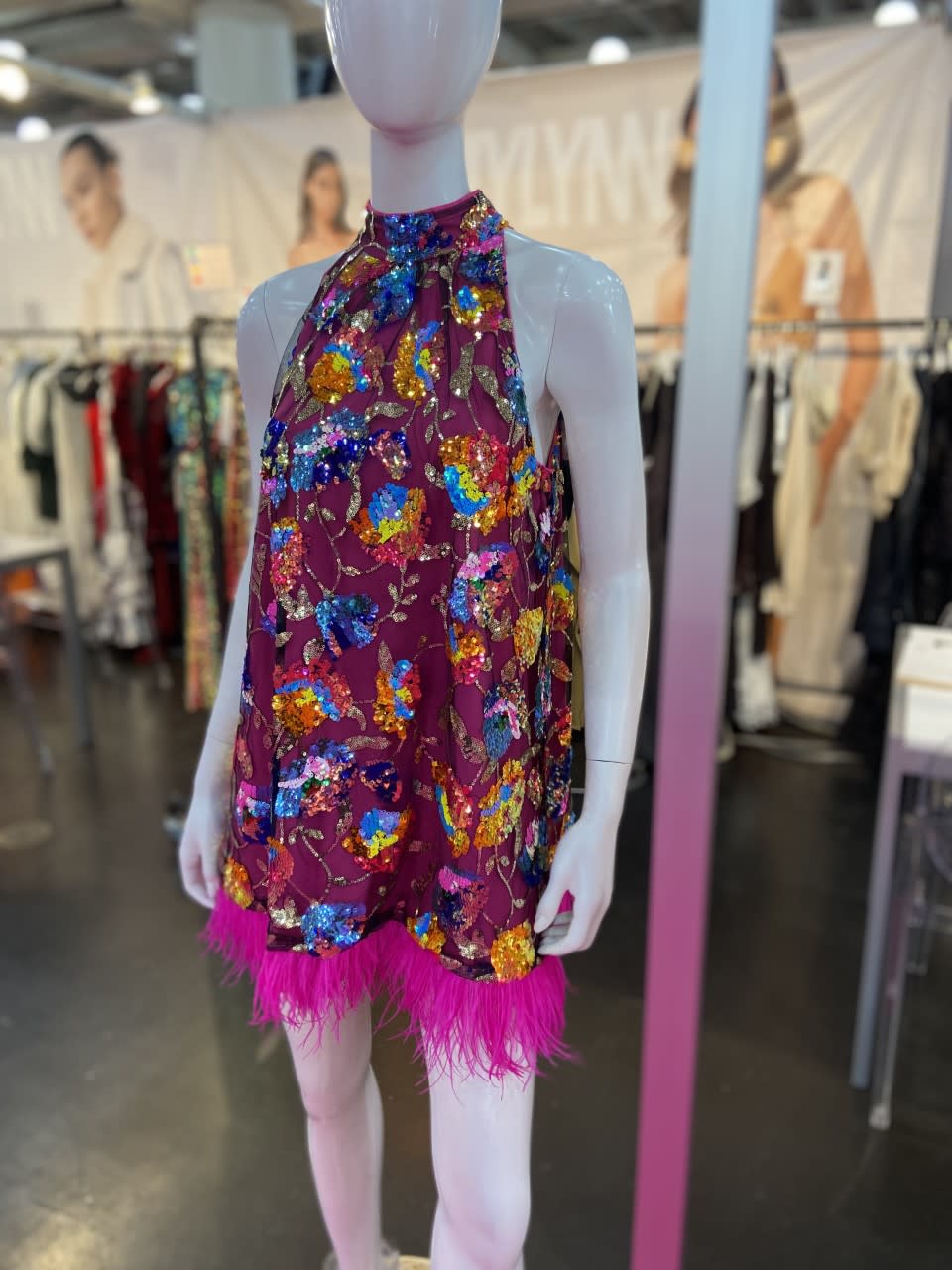
“I thought [inflation] would [impact buying orders], but it actually hasn’t,” said Xavier Kruckenberg, trade show manager from Hidden Jeans. “People are starting to realize that the world is in a constant state of chaos so you kinda just gotta roll with the punches.”
Alyssa Shelnutt, sales manager at wholesale womenswear brand Skies Are Blue, said companies are managing inflationary pressures and inventory issues by planning future orders further in advance.
“But show-wise we sell really well,” she said. “I do all the trade shows [in every city] and I feel like people are planning more in advance [because of inflation].”
It’s hard to say whether the pandemic and subsequent economic issues are impacting the New York trade show circuit, since MAGIC — which began in California in the 1930s and moved to Las Vegas circa 1990 — didn’t make its New York debut until 2021. As a result, there’s no pre-pandemic traffic data to compare the New York shows.
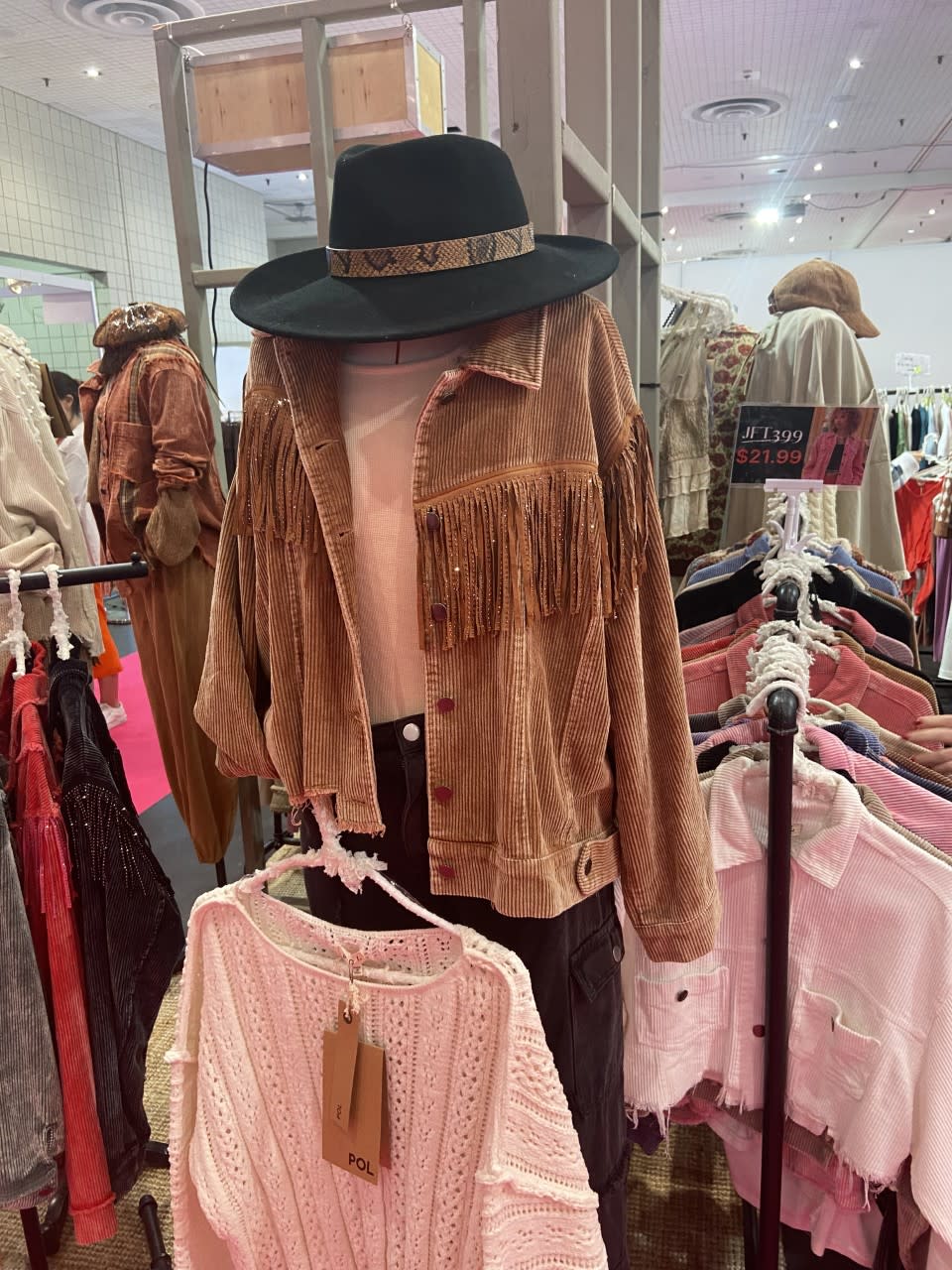
Either way, this time around MAGIC New York attracted more than 400 brands from roughly 20 countries, including Italy, Turkey, Canada and Brazil. Brands showing at MAGIC — which features trend-driven contemporary apparel, footwear and accessories, compared with its slightly more upscale sister show Coterie — included Sundown by Splendid, Lucy Paris, Tribal, Blossom Footwear, Chinese Laundry, Hey Harper and more. Twenty percent of the brands on display were women-owned, 15 percent minority-owned, roughly 16 percent sustainable and more than 10 percent size-inclusive brands.
“A lot goes into the process of actually selling the right brands here and curating to the point where it’s going to work for the market. There is a matchmaking process,” Helfman said. “We have to be intentional about it and make sure we’re driving value on both sides.”
She added that each show includes educational panels, networking events and other opportunities for industry leaders and experts to share insights and bets on what will likely sell in future seasons.
The consensus: Barbiecore styles, urban cowboy, ’90s grunge and lots of sequin circa Disco 54 — all with sustainability and new technology in mind.
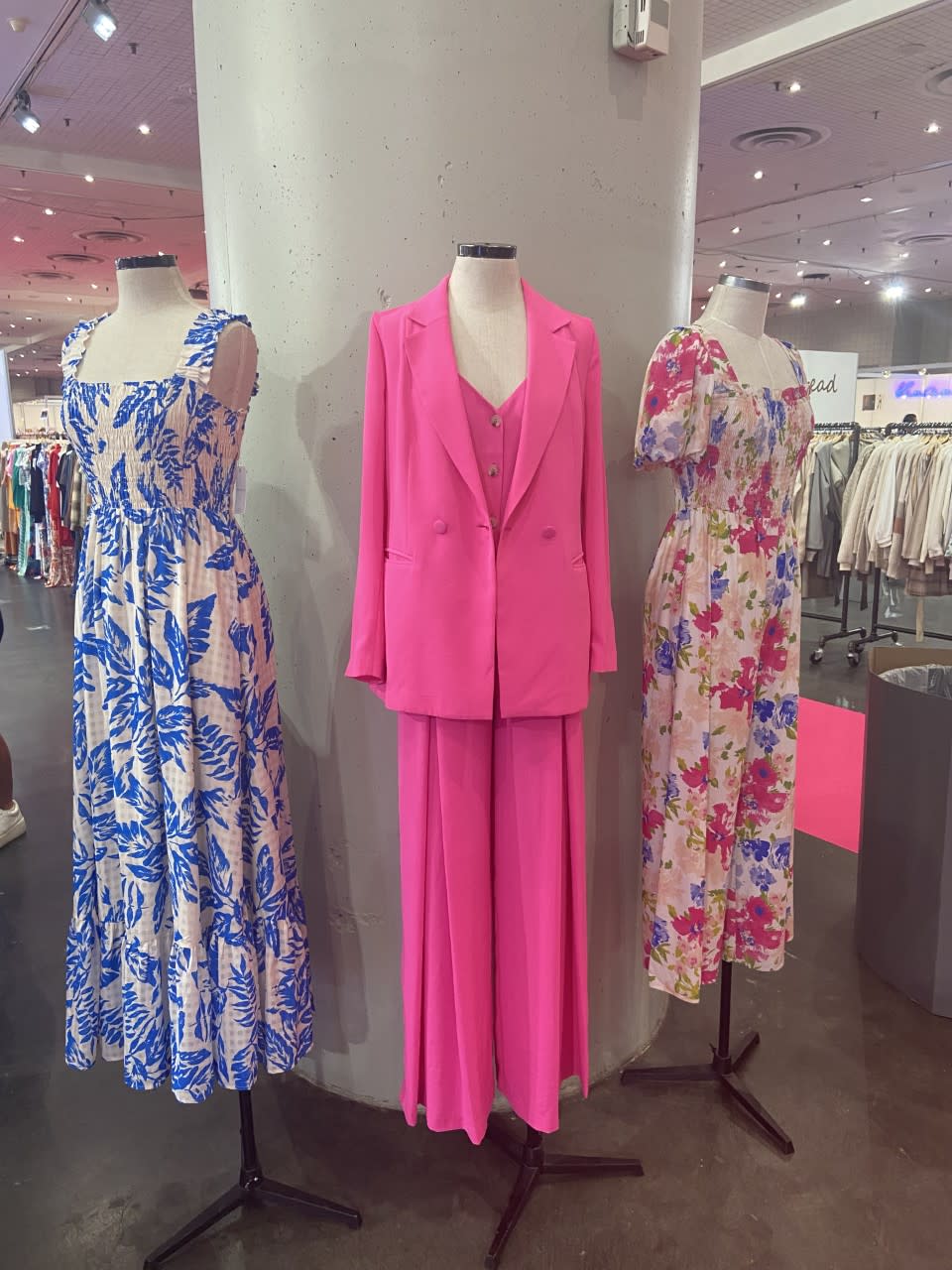
Kruckenberg said ’90s and Y2K-style denim, including matching jackets and dresses, have been popular buys. Urban-cowboy looks are also making a splash, with added fringe and boots selling fast. Butler said sales of western-style cowboy boots have increased in the last six months, especially among buyers that cater to consumers under the age of 35.
Consumers’ appetite for the bold, bright and out of the ordinary are helping brands like Betsey Johnson make a comeback.
“Anything we’re doing with apparel in sort of a vintage ’90s silhouette-inspired has definitely been top-selling. And it’s definitely about prints. Anything super whimsical and novelty for us does really well,” said Angela Smatana, an account executive at Betsey Johnson. “But I also do think a lot of buyers are playing it a little bit safe, so they’re going with bodies and silhouettes in similar prints that they’ve had success with before. Which, yes, obviously that makes sense. But I also do think that in the next couple of months, as shoppers, we’re going to almost suffer for that. Now that the world is opening up, people have event after event after event and as a shopper I want to go in and buy something that’s cool and different and worth spending my money on. I don’t necessarily want to buy a new version of the same black dress. I think [for retailers] it’s kind of about finding where that balance is. So that you’re [as a retailer] striking that cord [with consumers] they say, ‘Oh my god, I love this. I need this.’ Those people are more apt to spend money. I’m not sure that anyone has figured it out yet, because I think with inflation buys become more emotional.”